Search
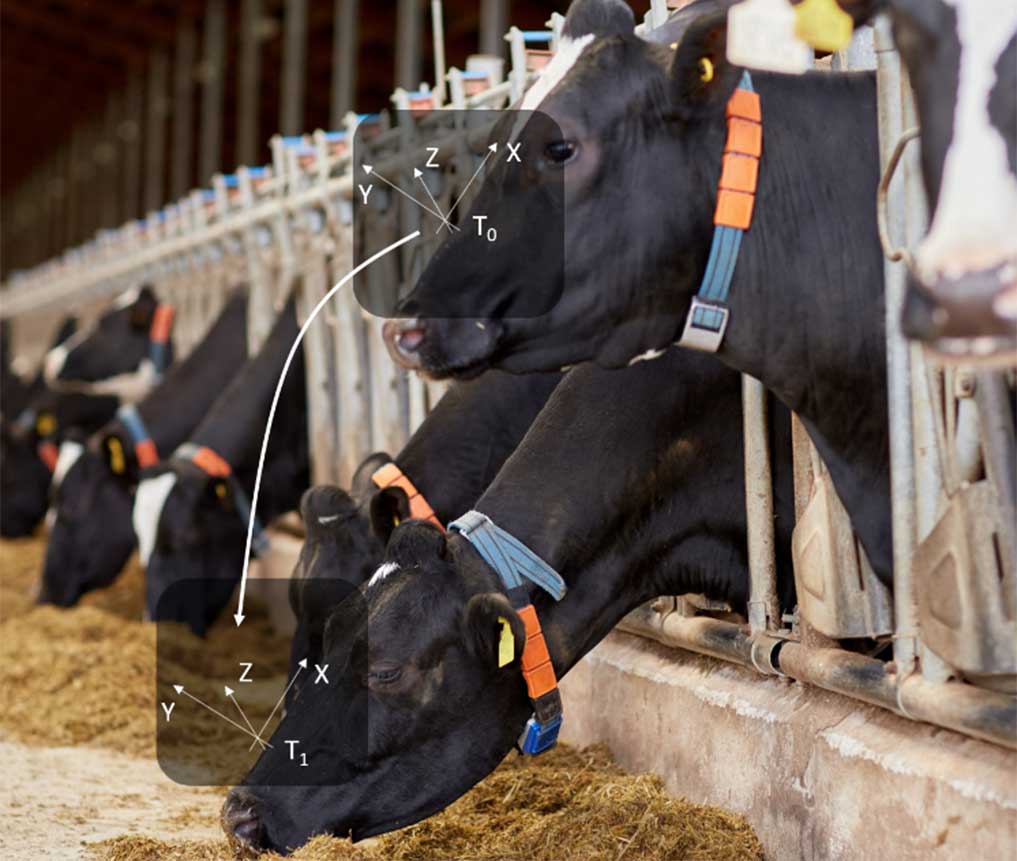
New Sensor Technology to Estimate Feed Intake in Lactating Dairy Cows
The use of sensor technology to advance the field of precision livestock farming is becoming more predominant in modernized dairy farms.
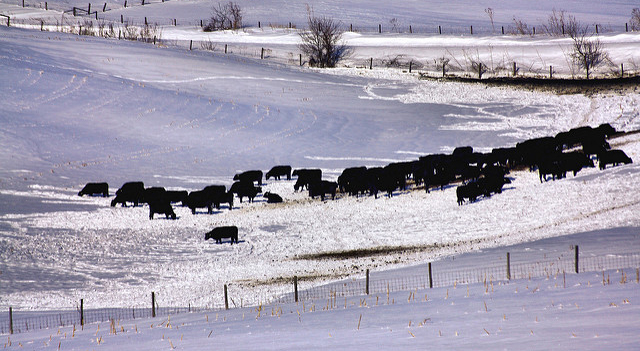
Nutritional Needs Prior to Calving
Nutrition during late gestation plays a large role on the future calf as well as the dam. It is during the last 60-90 days of gestation, or the pre-calving period, that impacts the calf’s survivability, long-term health and overall production.

An identification guide to common Dung Beetles of South Dakota
A guide of common dung beetles of South Dakota.
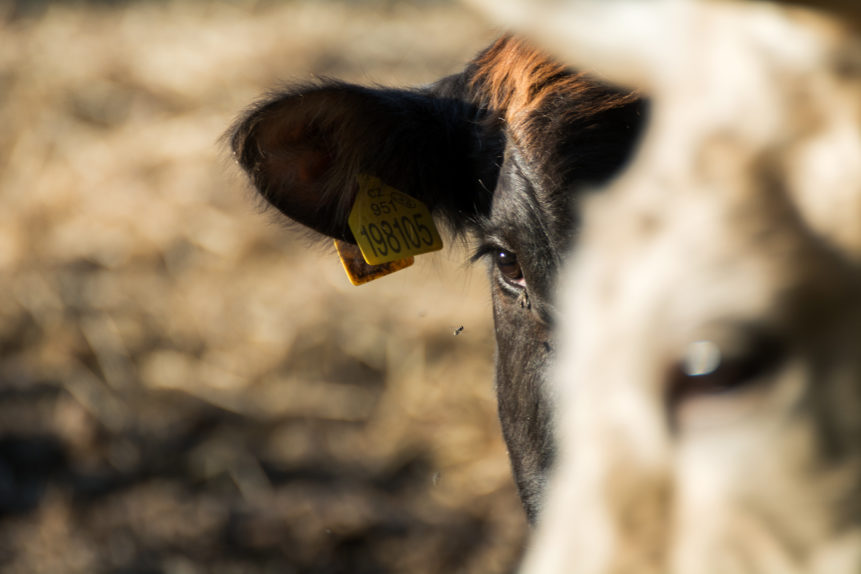
Testing Your Beef Cattle for Bovine Viral Diarrhea Virus
Bovine Viral Diarrhea Virus (BVDV) is among the most important pathogens affecting today’s beef and dairy cattle operations. Associated with reproductive, digestive, and respiratory illnesses in cattle, the virus can also create a congenital, persistent infection in calves, greatly aiding the virus’ spread within and between herds.
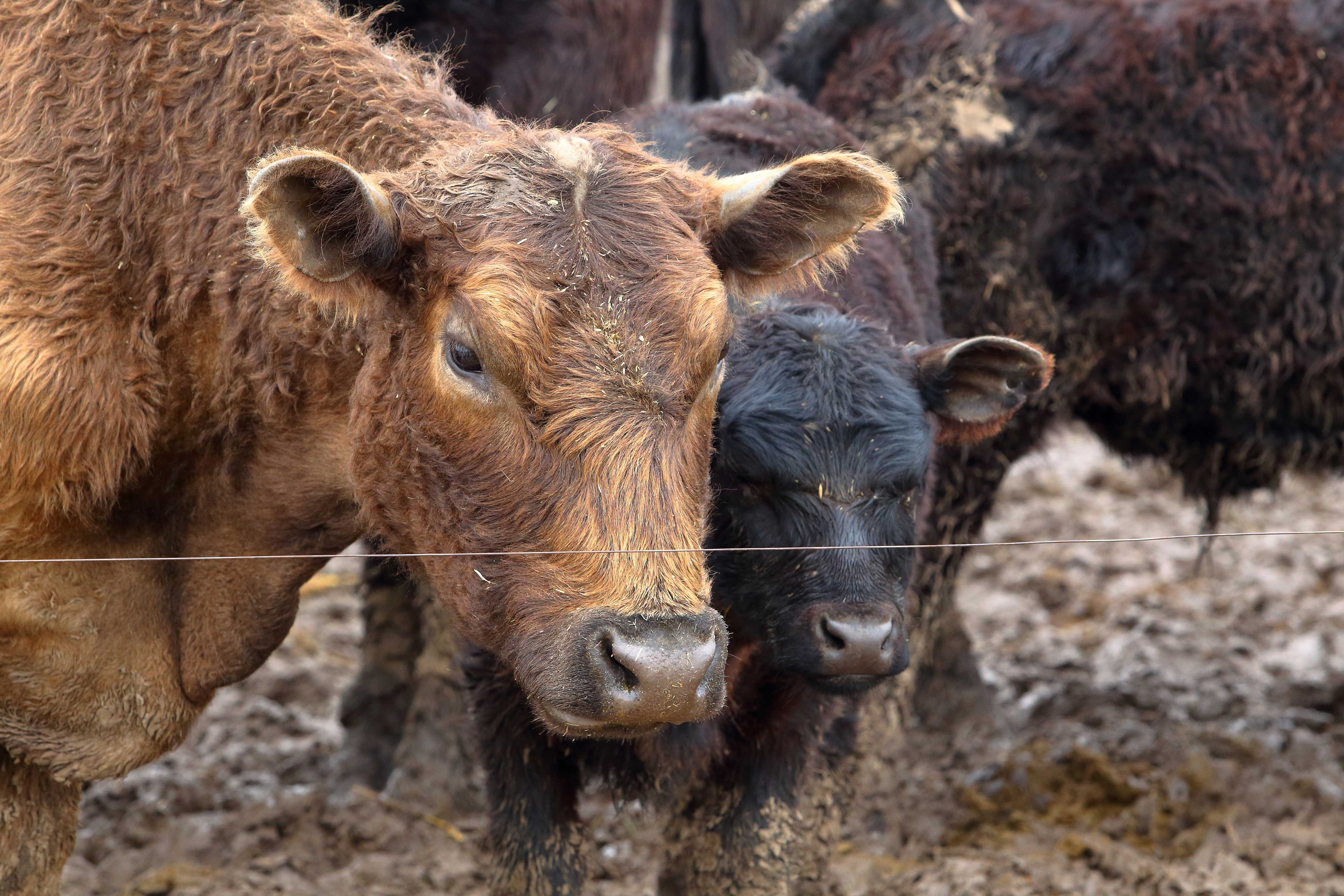
Notes From the ADRDL: Yersinia Infections in Beef Cattle
Of all the germs associated with cattle illnesses, a pathogen that’s not one of the usual suspects has been identified in several cases of cattle death losses in Eastern South Dakota.
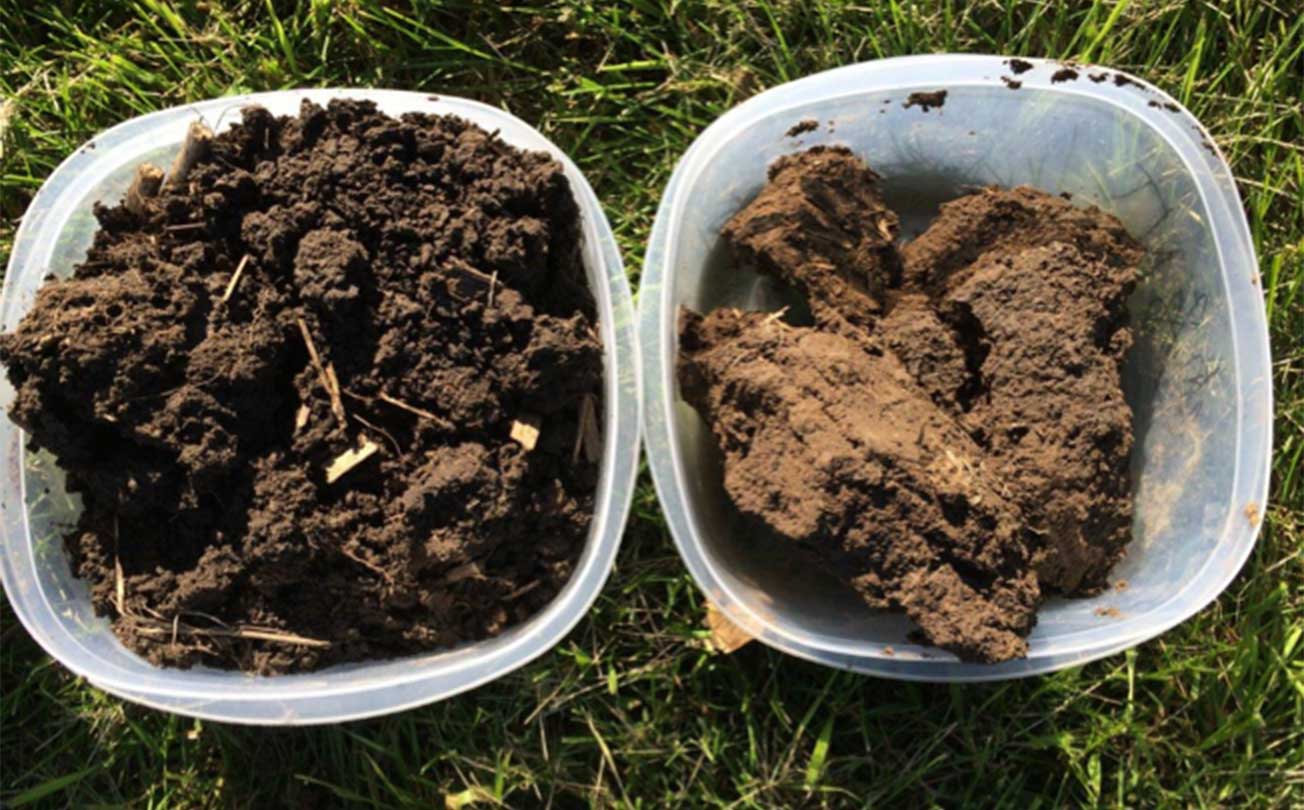
Organic Agronomy Starting to Impact
For decades scientists have known that a handful of soil contained more micro-biological organisms than the number of humans on earth. Science is just beginning to discover these organisms and learn about their functions and contribution to their soil ecosystem.
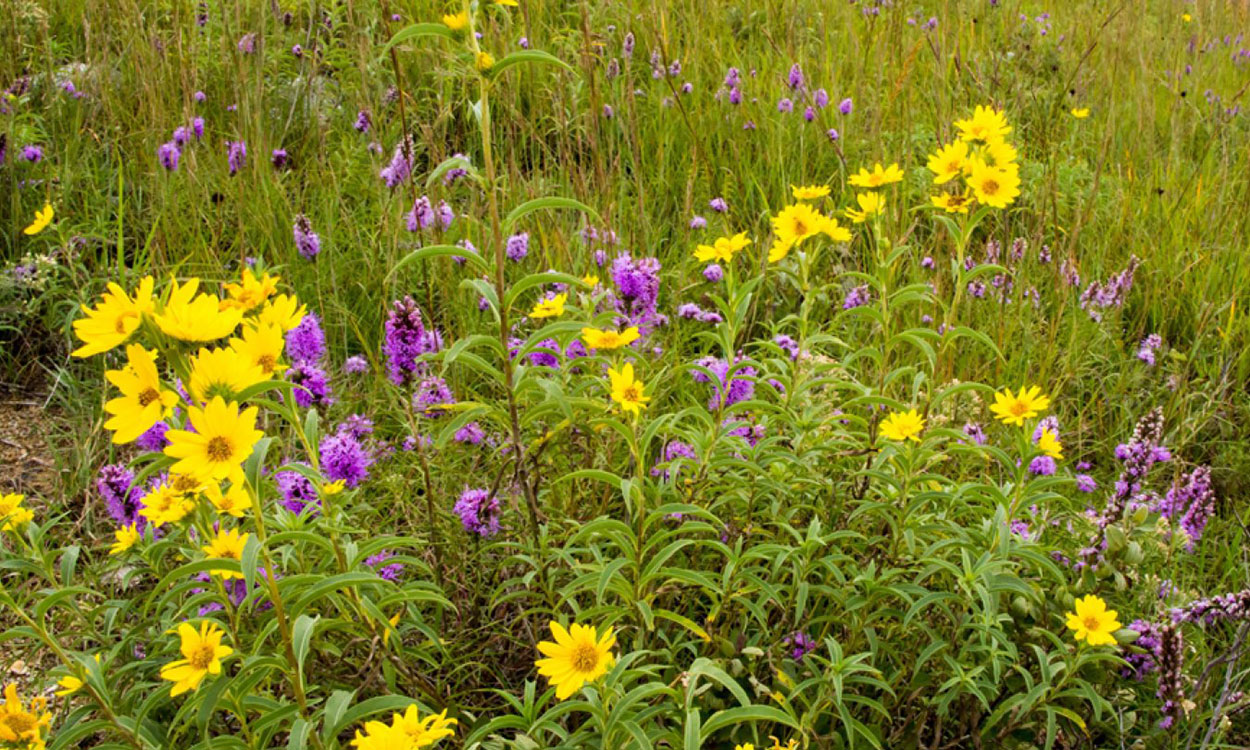
Range Roundup: SDSU’s Native Plant Initiative
The SDSU Native Plant Initiative aims to improve our understanding of South Dakota’s native plants, including which ones are best-suited for restoration and production. This information will help guide stakeholders in matching native species to desired restoration outcomes.
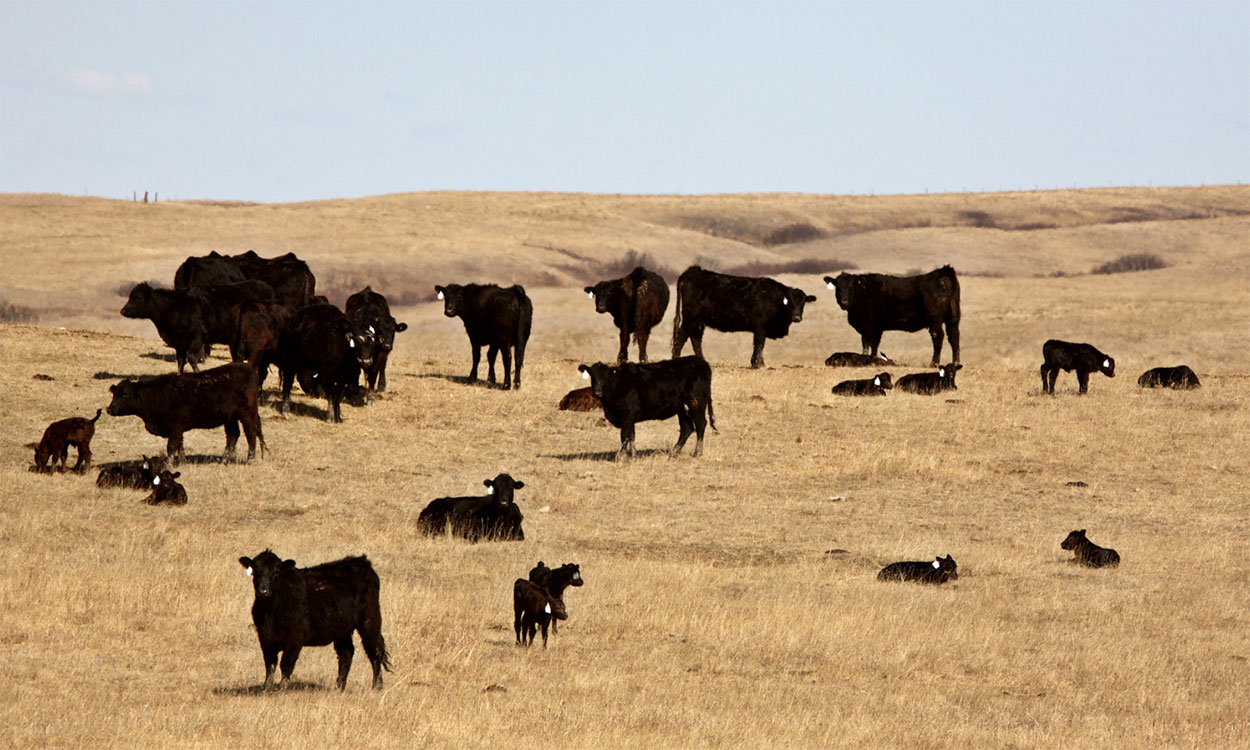
Selecting a Calving Season Based on Matching Nutritional Needs and Resources
Choosing the calving season is a complex and highly individual decision for each beef cattle producer. A primary consideration in pasture-based cow-calf operations is choosing a calving season that will best match the forage supply to forage demand.
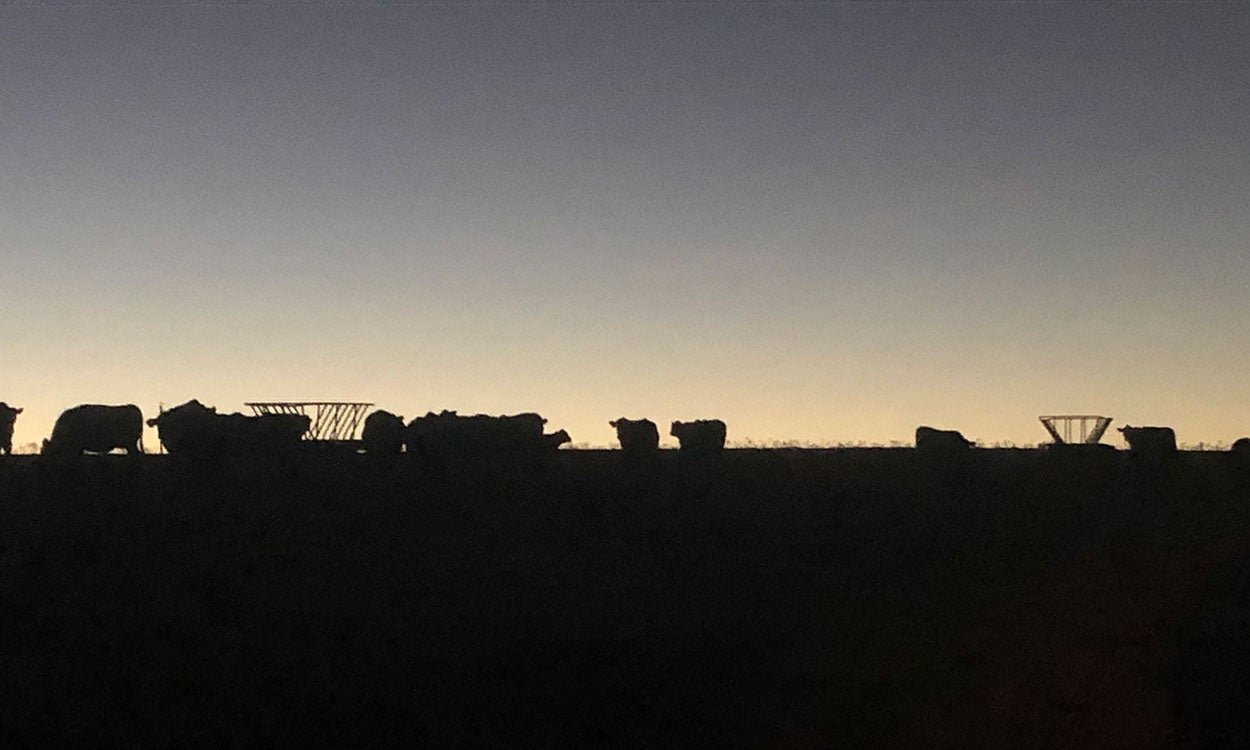
Feed at Night, Calve During the Day
As cattle producers begin thinking about calving season and management practices to ease the workload, night feeding is something to consider. Producers have questioned whether or not the time of feeding affects time of calving, and the answer is “Yes.”

An Introduction to Salt-Impacted Soils in South Dakota
Introduction of salt-impacted soils in South Dakota for landowners.